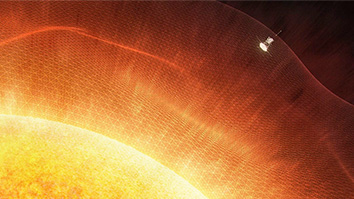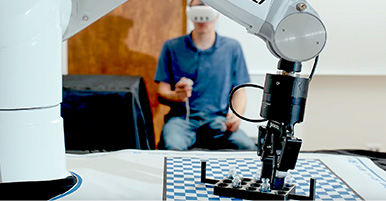Citation
Linn, M. C., Chang, H. – Y., Chiu, J., Zhang, H., & McElhaney, K. (2010). Can desirable difficulties overcome deceptive clarity in scientific visualizations? In A. Benjamin (Ed.), Successful remembering and successful forgetting: a Festschrift in honor of Robert A. Bjork (pp. 239–258). New York: Routledge.
Introduction
Dynamic visualizations provide a pathway for students to understand science concepts. This pathway offers promise for increasing the accessibility of a range of important science concepts, particularly those that involve cause and effect and emergent phenomena. Computer technologies offer unprecedented opportunities to explore visual technologies for research, assessment, teaching, and learning. To realize that potential of dynamic visualizations, instruction needs to overcome learner’s tendency to overestimate their understanding due to what we call deceptive clarity. In this chapter we explore ways that desirable difficulties can help learners overcome pitfalls associated with he deceptive clarity of visualizations.
We define visualizations as interactive, computer-based animations (such as models, simulations, and virtual experiments) of scientific phenomena. The key concept in this definition is interactivity, which permits student-initiated exploration with visualizations. Visualizations make unseen processes visible, such as chemical reactions or planetary motion.


